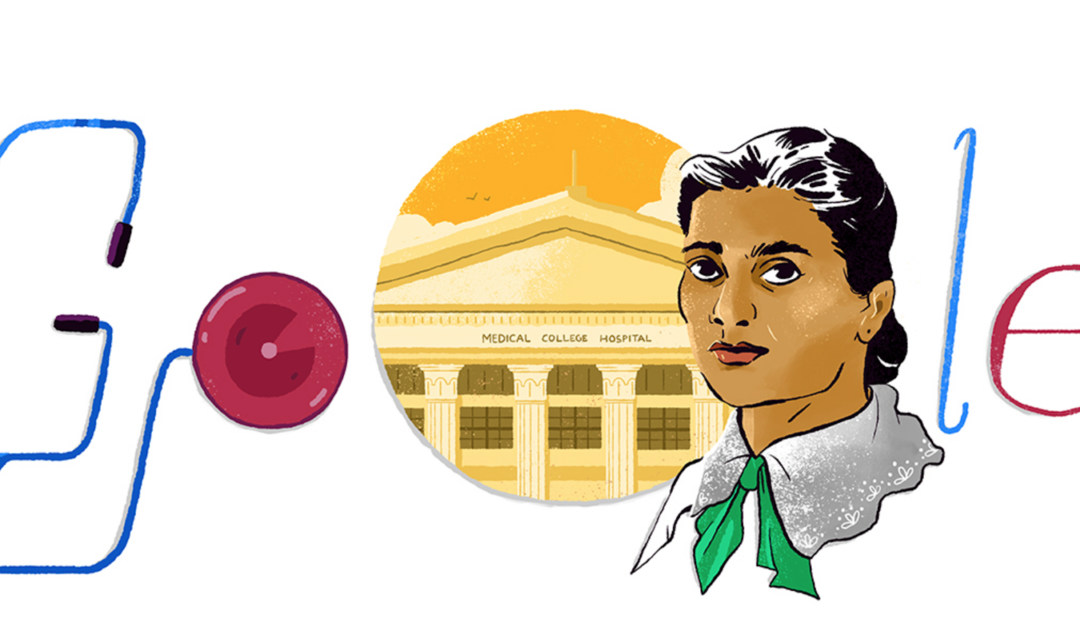by
_____
Today’s Google’s doodle in India celebrates the 160th birthday of one of that country’s earliest feminists, and the first female practicing physician in South Asia, Kadambini Ganguly.
She was in the forefront of a number of social movements in India at a time when, under British rule, Indian women were expected to hide behind their veils and be quiet.
Ganguly advanced women’s causes: women’s education, women’s professional opportunities in medicine, and women’s public voice.
She grew up in an upper caste progressive Bengali community. She completed her first first degree in Calcutta and was determined to become a doctor of Western medicine.
The problem was that to be admitted to Calcutta Medical College, she first had to enroll at Calcutta University, which did not accept women. Only after Ganguly and her husband threatened legal action did the university reverse course in 1884 and let her in.
She faced prejudice from the administration and fellow students, and after medical school she traveled to Edinburgh, Scotland to get additional training, with the full support of her husband, social reformer Dwarkanath Ganguly.
Back to India she worked at a hospital, then opened her own private practice, specializing in pediatrics and gynecology.
Though women were not allowed to address the Indian National Congress, Ganguly went down in history as the first woman to speak from the platform when she made a motion to thank the chairman.
In 1890, at the 5th Indian National Congress in Calcutta, Ganguly was among a group of women who attended as the first-ever female delegates. Although women were not allowed to address the Congress, Ganguly went down in history as the first woman to speak from the platform when she made a brief motion to thank the chairman.
A small gesture — but a milestone for Indian women.
When the magazine Bangabasi published a satirical cartoon in 1891 showing Ganguly leading her husband around by the nose, he filed a defamation lawsuit against the editor and won.
A magazine published a satirical cartoon in 1891 showing Ganguly leading her husband around by the nose.
In 1906, she organized a Women’s Conference (mahila sammelan in Hindi) in Calcutta for the wives of Congress members. Her fiery speech about her experiences persuaded officials of the Calcutta Medical College officials to change their policy and open their doors to female students.
Ganguly was also a leader in the fight to improve working conditions for female coal miners in Orissa, in Eastern India. She supported the Satyagraha movement of Indian laborers in South Africa and raised money for their cause.
On October 3, 1923, after operating on a young boy, Ganguly went home exhausted, then passed away. She was 63.
© Copyright 2021
________________________________
Want to talk? Reach me at dana@danarubin.com


